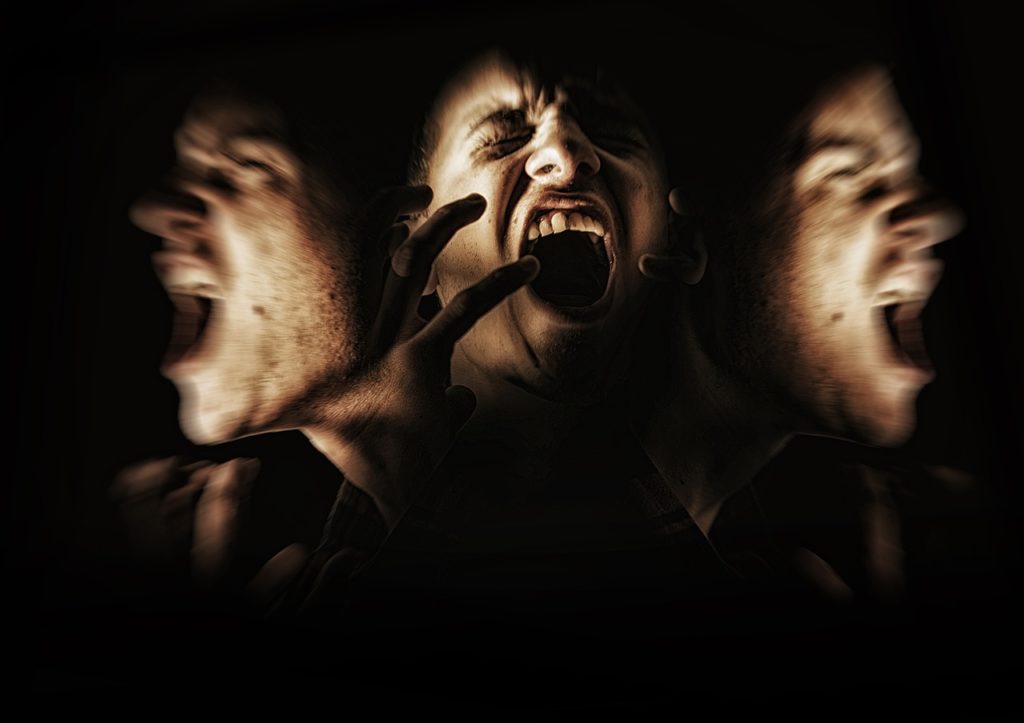Everything we know about the world comes to us through our senses. Senses tell us what is going on, warn of danger and give pleasure. The human body has several kinds of senses. The best-known were first listed by Aristotle, a scientist of ancient Greece. They are sight, hearing, smell, taste and touch. However, scientists do not know that there are more than five senses. Also, the sense of touch has proved to be not just one sense but several senses and so has the sense of taste.
There are receptors for every sensation. A receptor is an organ such as the eye or ear that has sensitive nerve endings. Each receptor takes in only one kind of information. That is why you cannot see with your ear or taste with your eye.
Messages or impulses from the receptors race through nerves at speeds of up to 325 feet per second, reaching the brain. Scientists do not know the exact nature of these impulses. However, they are able to detect chemical changes in a nerve as it carries an impulse. They can also measure small electrical currents in such a nerve.
Each kind of information reaches a particular part of the brain. Seeing, hearing and so on really take place in the brain. In a way that scientists do not understand, the brain turns nerve impulses into sounds, tastes and smells.
Inside The Ear

Sounds are caused by vibrations. You can hear because your ears detect these vibrations and report them to your brain. You cannot see sounds, but sometimes you can feel them. Put your fingers to your throat as you talk and you will feel vibrations. These vibrations are set up in a part of the throat called the vocal cords. Strike a key on a piano and touch its string. You can feel the vibrations. These vibrations set the surrounding air in motion. The air vibrates at the same rate as the vocal cords or the piano string.
The vibration spread invisibly through the air in ever-widening circles. You can see circles like these by dropping a pebble into still water. The spreading lines of ripples are water waves. The vibrations that spread through the air are sound waves.
The part of the ear we can see is the outer ear. It acts like a cup that catches the sound waves. However, the job of hearing takes place deeper inside the ear.
Sound waves bounce off the outer ear into a canal. About an inch inside this canal, the sound waves meet a thin, tight sheet of tissue called the eardrum. The sound waves make the eardrum vibrate. The vibration is passed on to three tiny bones that fit together in a chain about a quarter of an inch long. The eardrum and these three little bones make up the middle ear.
The vibrations pass on into a small-shaped part of the inner ear, the cochlea. The cochlea is filled with a liquid that picks up the vibration of the little bones. Thousands of cells in the cochlea, called hair cells, sense the vibrations. The hair cells set up nerve impulses. The impulses pass through nerves to the brain and we hear.
The ears bring you both warning and pleasure and also serve as organs for learning.
However, despite its unquestionable importance in our body, hearing problems – be it an infection, tinnitus, Meniere’s disease or hearing loss – can occur to anyone. Temporary hearing issues, for instance, can happen from time to time, especially if you are an addict to loud music. But, if the problem goes beyond one or two weeks, it’s high time to schedule a diagnostic audiologic evaluation with Dr. Liz White from Harbor City Hearing Solutions. With a wide selection of the best hearing devices and technology, they can find the best solution for your specific hearing health needs.
So, if you are ready for a hearing evaluation, don’t waste time and contact immediately Harbor City Hearing Solutions.


